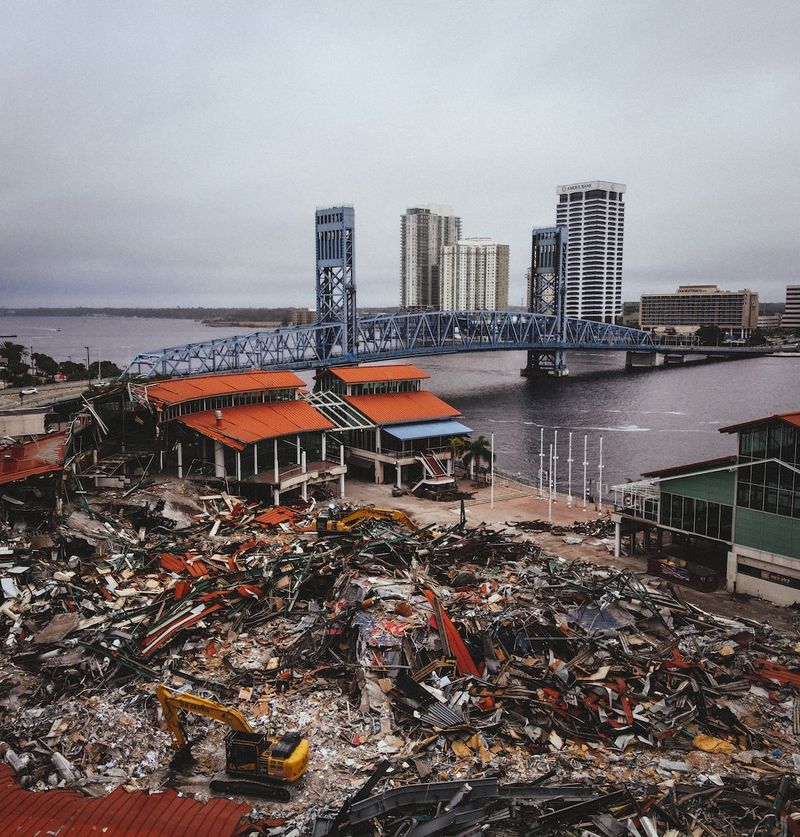Minor Earthquake Felt: A Reminder of Nature’s Power
Introduction
On October 8, 2023, a 4.1 magnitude earthquake was felt 56 kilometers northwest of Seattle, Washington, creating a momentary stir among the residents of the region. Despite the initial alarm, there have been no reports of major damage or injuries, and none are expected. This event serves as a reminder of the Earth’s raw power and the need for preparedness in the face of such natural occurrences.
The Impact and Response
The earthquake, originating near Victoria, British Columbia, was felt across a wide area, including Seattle, Washington. Earthquakes of this magnitude can provoke fear and anxiety among the affected population, rightly raising concerns about potential damage and hazards. However, in this case, authorities have promptly reassured the public that there is no immediate cause for alarm.
According to Natural Resources Canada, there are no reports of major damage or injuries resulting from the earthquake. Local officials are diligently monitoring the situation, providing instructions and recommendations to the public via various channels such as web, social media, radio, and TV. The National Tsunami Warning Center has also stated that a tsunami is not expected.
Recommended Actions
In the wake of this earthquake, it is crucial for residents to remain calm and follow a set of precautions to ensure their safety. Natural disasters often occur without warning, and being prepared can make a significant difference in minimizing potential harm. The following actions are recommended:
1. Remain Calm:
Staying calm is paramount during an earthquake. Move carefully, checking for unstable objects and other hazards that may pose a risk. Panic and rushing can lead to accidents, exacerbating the situation.
2. Check for Damage & Hazards:
Put on sturdy shoes and protective clothing before inspecting your surroundings for damage. Look out for any potential hazards such as gas leaks or structural weaknesses. If you smell gas or rotten eggs, leave the building immediately and call 9-1-1 or your gas company’s emergency phone number.
3. Listen to Instructions:
It is essential to stay informed during such events. Follow instructions from local authorities, who will provide necessary updates and guidance specific to your community. Pay attention to information disseminated through various platforms like web, social media, radio, and TV.
4. Report the Earthquake:
Although it is important to share information about the earthquake, it is crucial not to overwhelm emergency services. Instead of calling 9-1-1, report the earthquake on platforms like Earthquakes Canada, where seismic activity can be tracked systematically.
5. Preparing for Earthquakes
Earthquakes are unpredictable forces of nature, and it is our responsibility to be prepared for their occurrence. The following measures can significantly contribute to personal and community safety:
Drop, Cover, and Hold On:
In case of an earthquake, it is essential to know the appropriate action to take. “Drop, cover, and hold on” is the universally recommended technique. When shaking begins, drop to the floor, take cover under a sturdy piece of furniture, and hold on until the shaking stops.
Prepare Your Home:
Securing objects that could become projectiles during an earthquake and conducting regular maintenance to ensure the structural integrity of your home are crucial steps in earthquake preparedness.
Make an Emergency Plan:
Having an emergency plan in place is essential for every household. Identify meeting points, establish communication protocols, and ensure everyone in your family knows what to do in the event of an earthquake.
Build an Emergency Kit and Grab-and-Go Bags:
Putting together an emergency kit, including essential supplies such as water, non-perishable food items, and first aid kits, is vital. Additionally, maintaining grab-and-go bags with important documents and supplies can prove invaluable during an emergency.
Research Insurance Options:
Reviewing insurance policies to understand coverage for earthquake-related damages can provide peace of mind and financial security should an earthquake cause significant harm.
Philosophical Discussion: Humanity’s Relationship with Nature
Natural disasters, such as earthquakes, serve as a reminder of our place as human beings within the larger ecosystem of the Earth. While we have made remarkable progress in understanding and mitigating the impact of these geological events, we must constantly remind ourselves of the limits of our control.
The Earth, with its formidable power, exhibits a beauty and strength that humbles us. Our existence is contingent upon not only respecting nature but also learning to coexist with it. This means embracing the responsibility to prepare for and adapt to the inevitability of natural occurrences such as earthquakes.
Editorial and Advice
While the recent 4.1 magnitude earthquake near Seattle serves as a reminder of nature’s power, it also sheds light on the value of preparedness. Individuals and communities must take steps to ensure their safety in the face of unpredictable seismic activity.
Authorities should continue to provide timely and accurate information to the public, as was done in this case. Investing in advanced warning systems, maintaining robust networks of communication, and educating citizens about earthquake preparedness are essential in minimizing harm and promoting resilience.
On a personal level, each individual should be proactive in creating and implementing an emergency plan that meets their specific needs. This includes familiarizing oneself with standard safety protocols, securing homes against potential hazards, and assembling emergency supplies.
Ultimately, the occurrence of an earthquake highlights the importance of harmony between human civilization and the Earth’s natural systems. We must cultivate a deep respect for the environment, recognizing that while we may harness its resources, we depend upon it for our survival.
Conclusion
The 4.1 magnitude earthquake near Seattle, Washington is a reminder of nature’s power and offers an opportunity for reflection on our relationship with the Earth. While this event did not result in major damage or injuries, it highlights the importance of preparedness and the need to craft comprehensive emergency plans. By respecting and coexisting with nature, we can navigate these forces and enhance our resilience in the face of future challenges.

<< photo by Jarrett Mills >>
The image is for illustrative purposes only and does not depict the actual situation.
You might want to read !
- How prepared is California for the next big earthquake?
- West Coast Shaken: Analyzing the Implications of the 5.1 Magnitude Ojai Earthquake
- Bracing for Dual Disasters: California Quake and Approaching Hurricane Hilary
- Rising from the Rubble: Analyzing Morocco’s Response to the Devastating 6.8 Magnitude Earthquake




